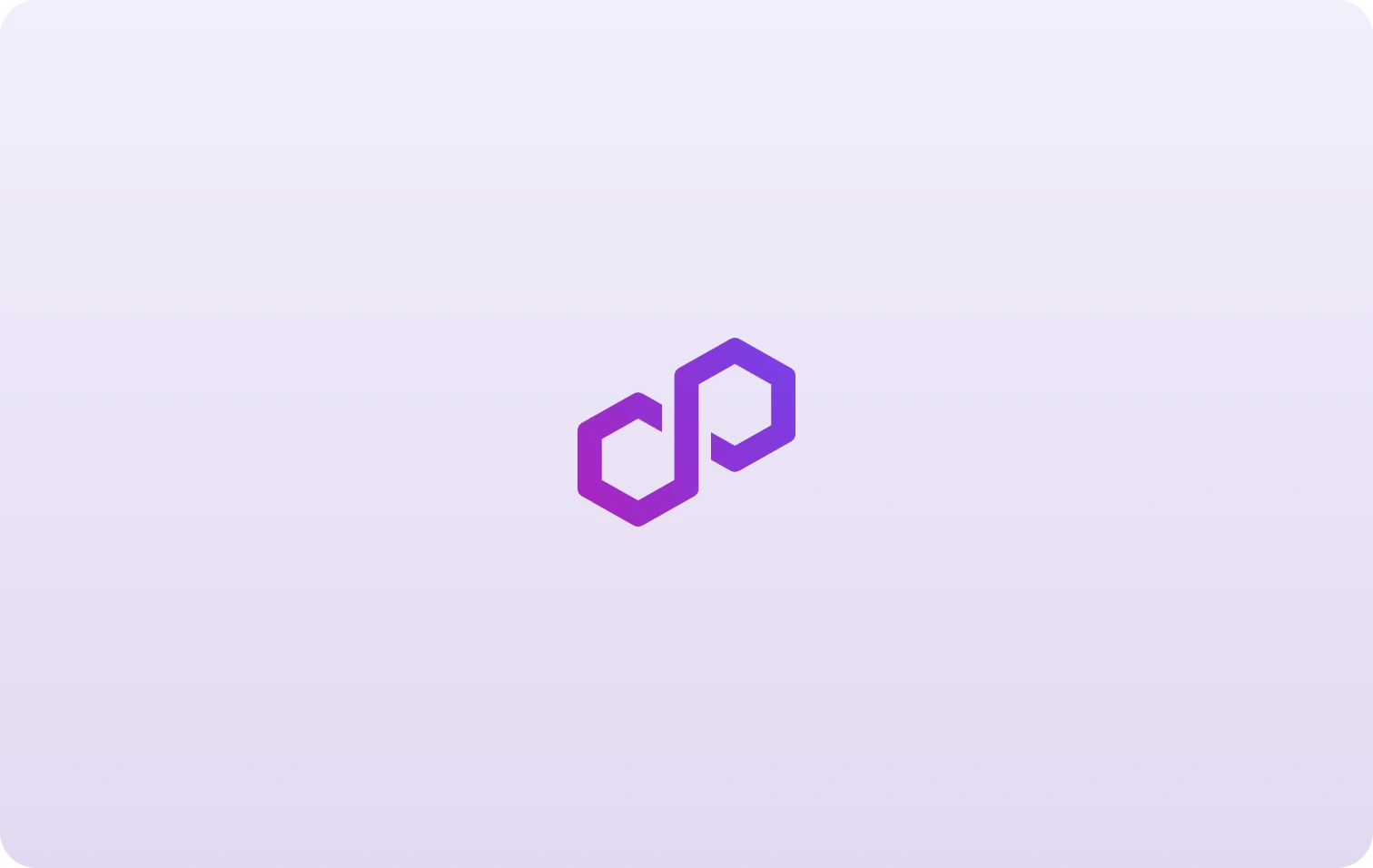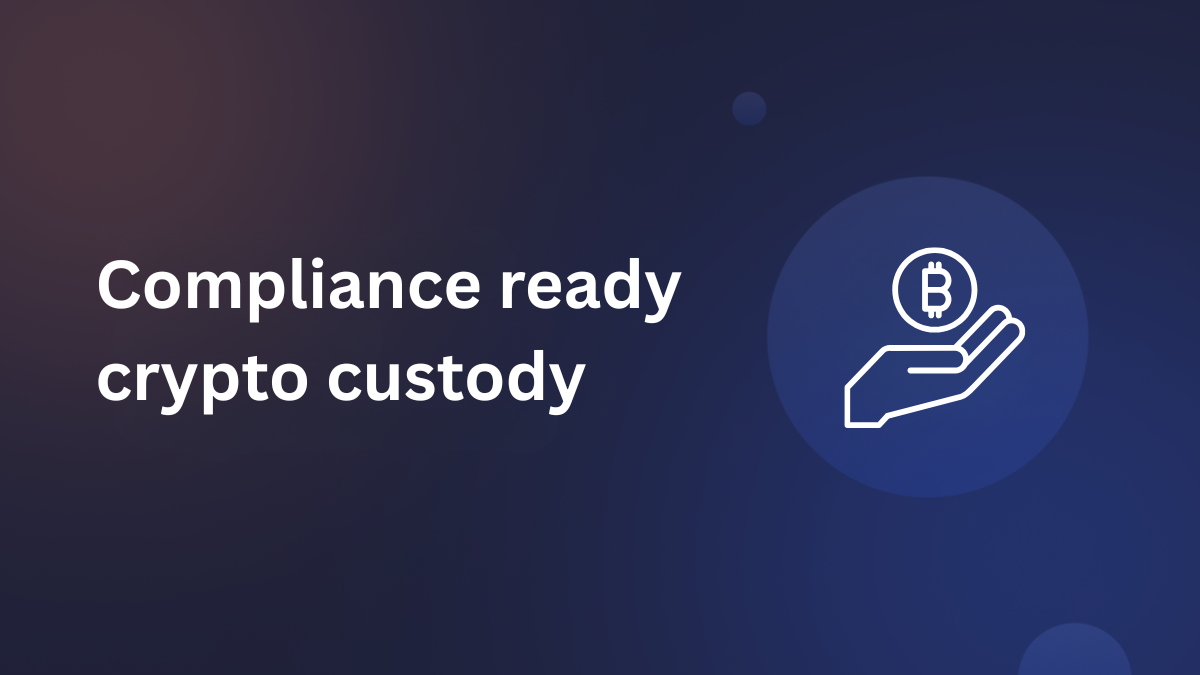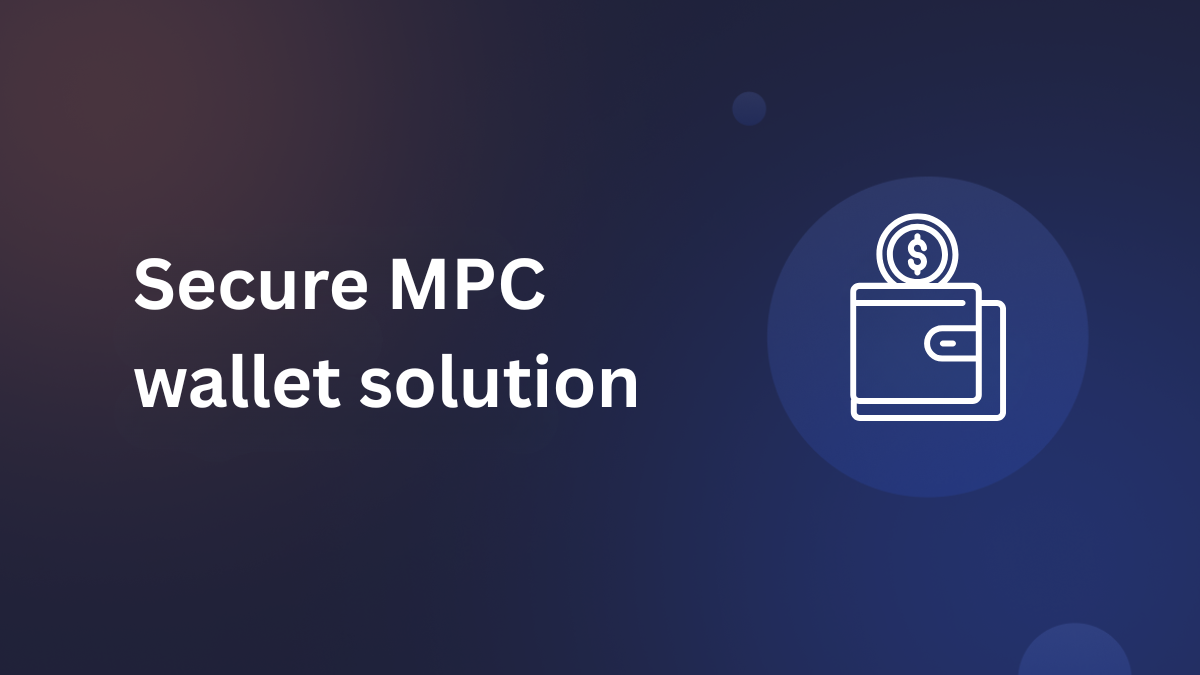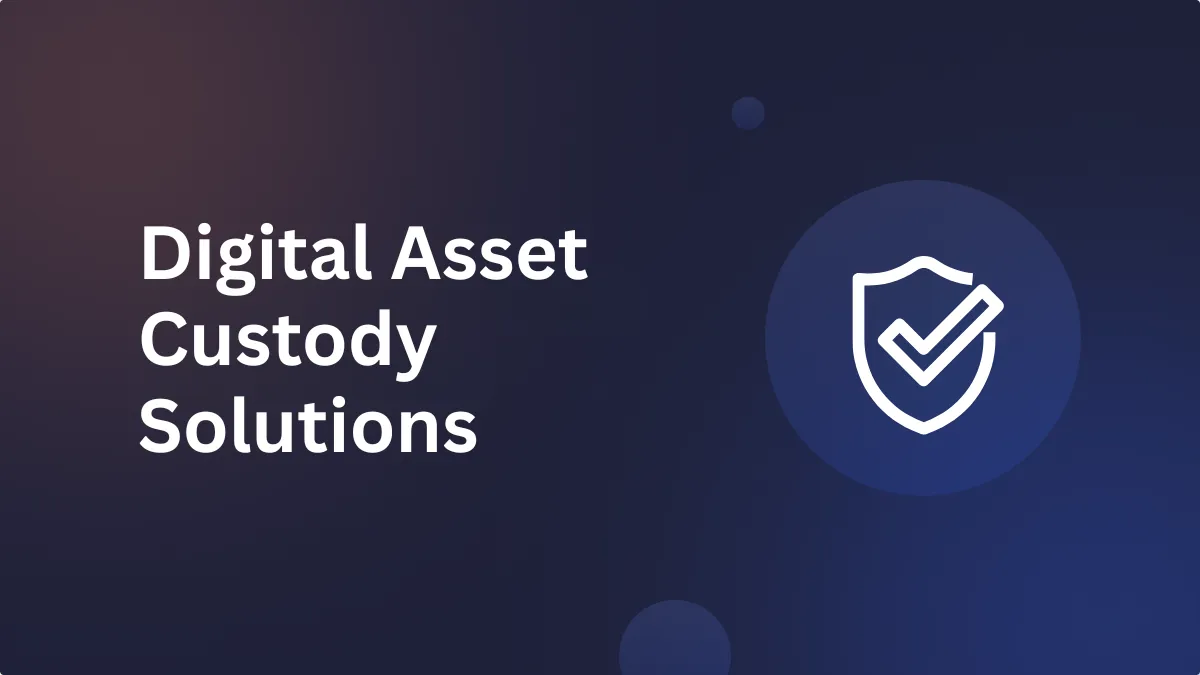The Ethereum blockchain network supports a wide range of applications and associated economic activities – from the NFT art marketplace to Defi applications. The rise in demand for network availability often slowdowns the network as well as makes it economically unviable. Polygon network solves this problem by making the underlying blockchain protocol accessible to the masses.
Did you know?
- Ethereum blockchain network is able to process 14 transactions per second TPS. On the other hand, the polygon blockchain network is designed to process up to 7,000 transactions per second TPS. Speed and efficiency, including lower fees, are some of the top driving factors that attract developers and crypto enthusiasts toward polygon blockchain.
Definition: What is a polygon blockchain?
- Polygon blockchain, formerly known as the Matic Network, is a decentralised scaling platform for the Ethereum blockchain.
- It is engineered to support an interconnected mesh of decentralized-application-centric blockchain networks.
- It enables developers to build a diverse range of highly scalable, user-friendly decentralised applications with lower transaction charges without compromising on security.
Unlock the potential of digital assets for your institution
Polygon has emerged as a platform that allows developers to launch interoperable blockchains.
Polygon network is home to a diverse range of decentralised applications – enabling users to experience virtual verse, play games, invest in limited edition artworks, and leverage a range of decentralized financial services.
The core purpose of the polygon blockchain protocol is to help Ethereum expand in size, security, operational efficiency, and usefulness – enabling developers to build enticing applications quickly.
What is MATIC Token?
- MATIC token is polygon’s native cryptocurrency used to run, govern and secure the polygon blockchain network as well as submit on-chain transaction fees.
- MATIC token is the currency of polygon application that enables users to interact with hundreds and thousands of Dapps involved in your blockchain ecosystem.
- MATIC token is employed as the base unit of payment and settlement between network participants who are involved in the transactions.
- MATIC tokens are ERC-20 tokens generated on top of the Ethereum blockchain network.
The supply of Polygon’s MATIC token is limited, contrary to other blockchain projects with an unlimited supply of crypto-token. Today, there are about 4,977,830,774 MATIC tokens in circulation. According to the team behind polygon, there will never be more than 10 billion MATIC tokens in circulation.
Secure and manage your digital assets with Liminal
MATIC tokens are available on several leading centralised and decentralised crypto exchanges around the globe. You just need to sign up and set up an account with the exchange to get started. Exchanges allow users to buy MATIC tokens using fiat currencies such as the US dollar or INR – via bank transfer, wire, debit card, or credit card.
Polygon Blockchain Architecture
Proof of Stake
The polygon blockchain is a proof of stake (PoS) sidechain. The poS mechanism enables network participants to stake their MATIC takes in order to verify and validate transactions as well as to vote for network upgrades.
PoS is an abbreviation for proof-of-stake consensus mechanism. PoS consensus mechanism allows token holders to stake-holding and accumulates rewards while keeping the polygon blockchain network operational as well as simultaneously verifying transactions.
Proof of stake offers an additional layer of security to the underlying blockchain network. Additionally, it offers faster and inexpensive transaction processing.
Proof of stake doesn’t require network participants and validators to purchase specialised equipment or to solve computationally intensive and complex equations. This is the reason why – the proof of stake consensus mechanism is energy-efficient.
SDK
The software development kit offered by polygon blockchain allows users to develop and deploy Ethereum-compatible decentralised applications as sidechains. The decentralised app development team can build scalable services using the following mentioned scaling methods.
Plasma Chains
The plasma chain is also referred to as a child chain. It is essentially a subset or a micro-copy of the Ethereum main chain.
It segregates and bundles asset transactions into blocks, later accumulates and batches into a single submission block on the main chain.
Plasma chain employs sophisticated fraud proofs such as optimistic rollups to arbitrate and troubleshoot disputes.
The contract associated with the plasma chain act as a bridge enabling users to transfer assets between Ethereum’s main net and the plasma chain.
Even though the security aspect of the plasma chain entirely relies on the underlying Ethereum blockchain, its efficiency is heavily impacted by numerous design limitations.
ZK-rollups
A ZK-rollup is a layer two blockchain protocol devised to bundle a gigantic number of crypto-asset transfers off-chain into a single transaction.
It performs computation and stores transfer data off-chain while simultaneously holding crypto assets in an on-chain smart contract. The function of the traditional Layer 1 blockchain solution, such as Ethereum, is to validate blocks and transactions on the main chain.
ZK-rollups used “zero-knowledge proof” for submitting the final public record on the main chain. Under the surface, the ZK- rollup updates the existing state of the layer-1 blockchain network while consuming less block space and storing only a fraction of the total data.
Essentially, ZK-proof represents a comprehensive receipt that verifies and confirms that all the recorded transfers are authentic and therefore can be accounted for both in the rollup and the main chain.
ZK-rollups solve the dilemma of significant gas fees and low throughput. It enables users to pay significantly fewer gas fees on each transaction and scale quickly.
Optimistic rollups
Optimistic rollup is an L2 scaling protocol, also known as a layer two scaling solution, engineered for extending the throughput associated with the underlying Ethereum blockchain network.
Optimistic rollup help brings down the net computation load on the main Ethereum network by transferring computation and state storage responsibilities off-chain.
Such L2 solution help improves the transaction processing speed as well as expand the scaling capability of the Ethereum smart contracts.
It essentially employs “fraud proofs” to facilitate an instantaneous transaction on top of the Ethereum main net. It derives security from the underlying Ethereum blockchain protocol by publishing transaction results on-chain.





